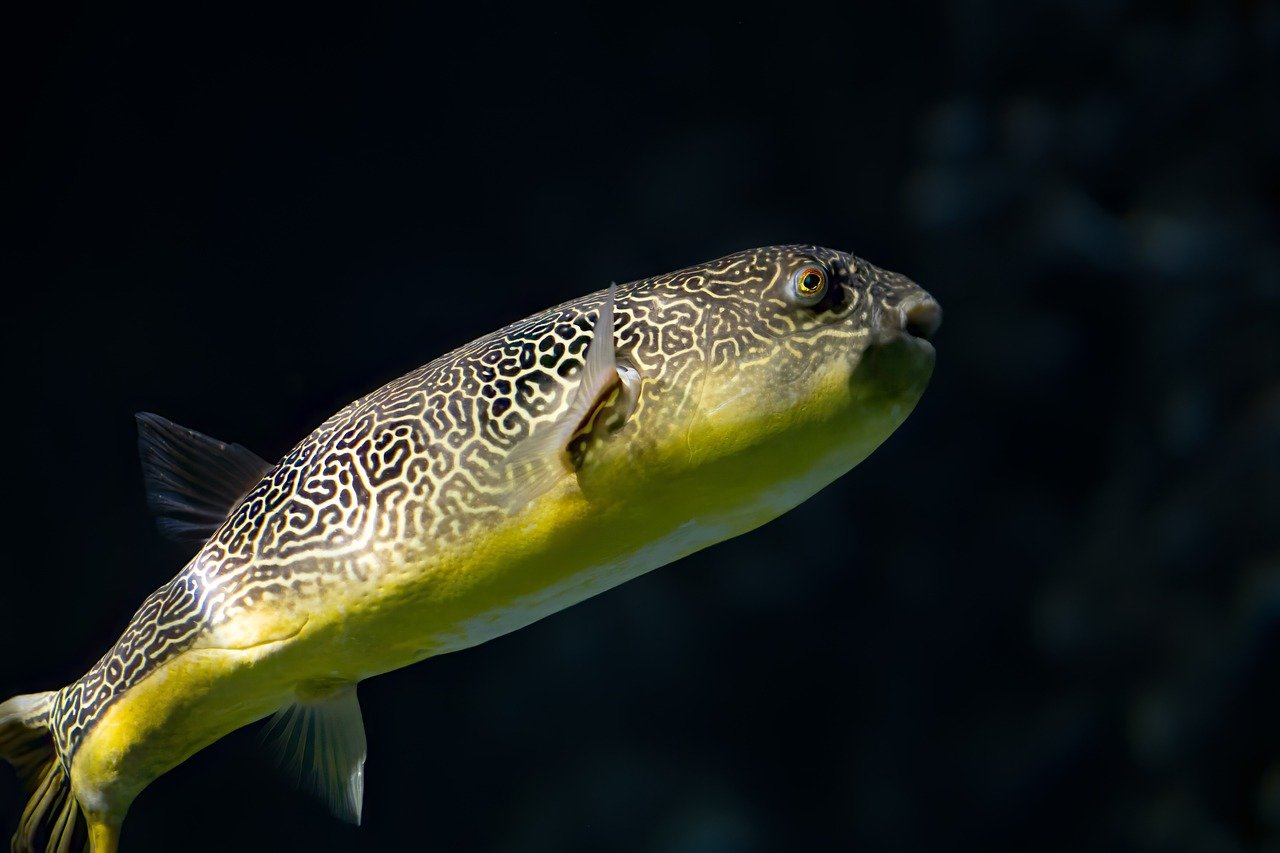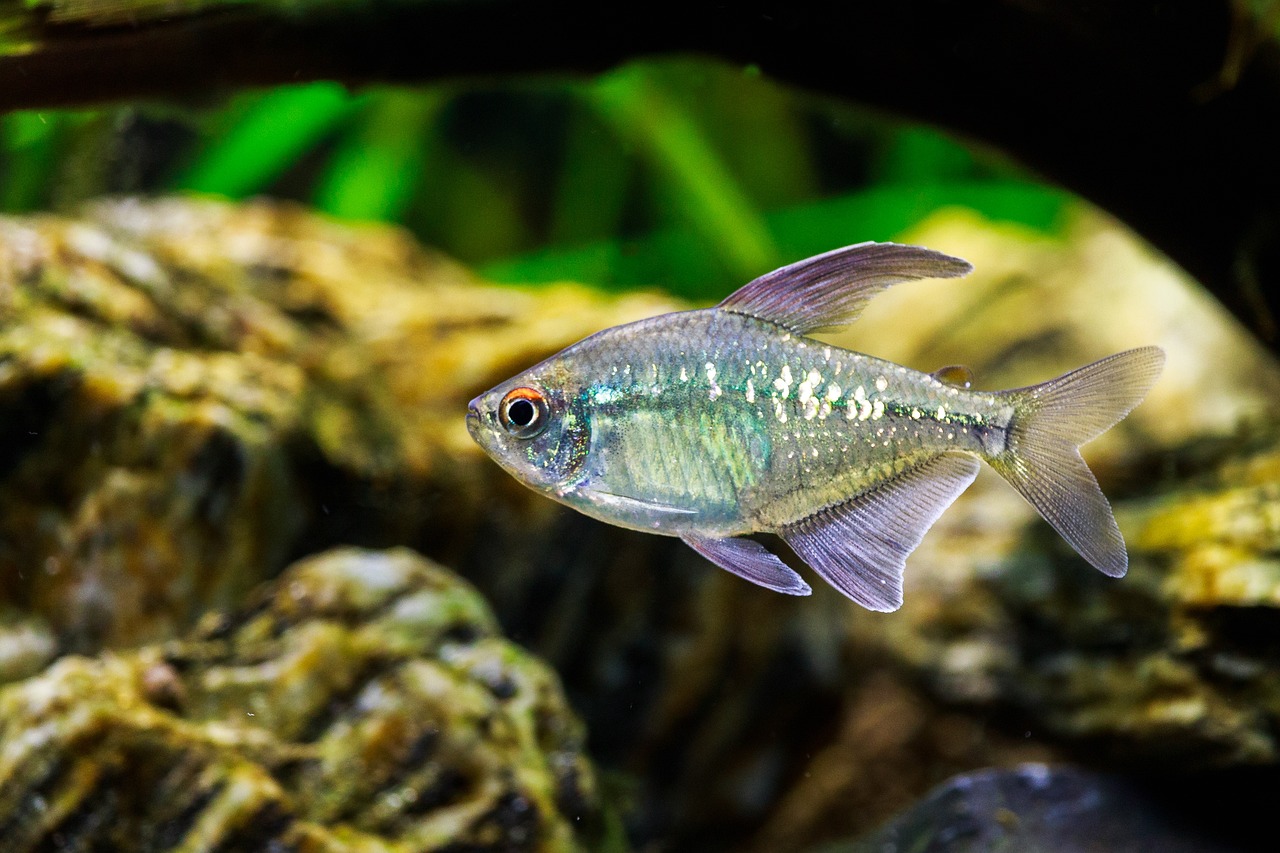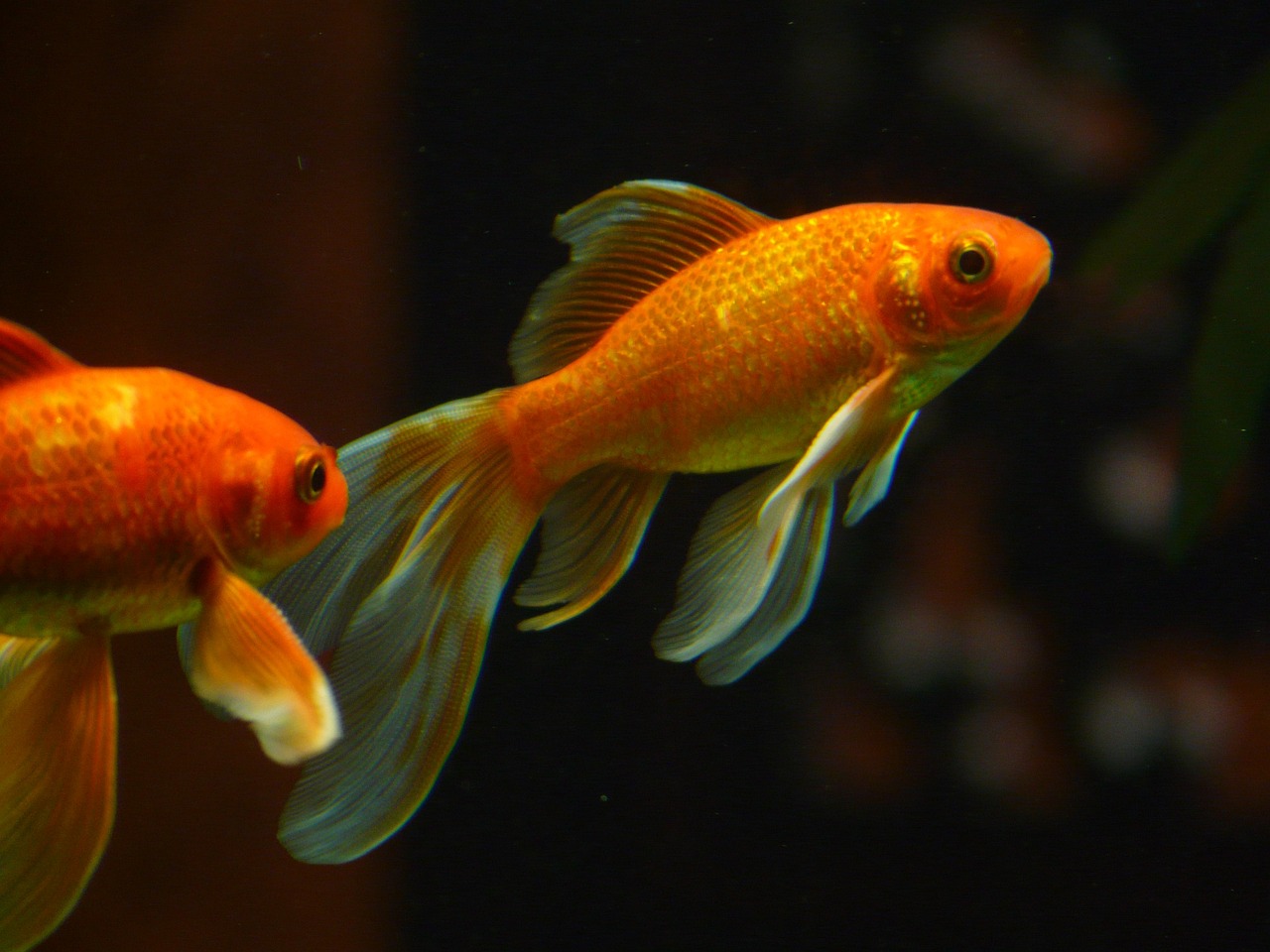Hey there, fellow fish enthusiasts! Are you ready to dive into the world of aquariums? Before you take the plunge, let’s talk about something fishy—literally. Aquarium parasites may be small, but they can cause big problems for your underwater friends. Don’t fret, though; we’ve got you covered with everything you need to know to keep your aquatic pals happy and healthy.
What are Aquarium Parasites?
Think of parasites as uninvited guests crashing your underwater party. These pesky critters come in various forms, including external and internal parasites. External parasites, such as ich and velvet, cling to the outside of your fish, while internal parasites, like worms, make themselves at home inside your fish’s body. Keep an eye out for signs of their presence to nip any issues in the bud.

Signs of Internal and External Parasites
Spotting the signs of parasite infestation early is key to preventing widespread issues in your aquarium. Watch out for symptoms like flashing (when fish rub against surfaces), loss of appetite, emaciated looking fish, abnormal swimming behavior, visible parasites on the fish’s body, or changes in coloration. If you notice any of these signs, it’s time to take action.
Types of Parasites
Parasites come in all shapes and sizes, each with its own pesky tendencies. Common culprits include Ichthyophthirius multifiliis (ich), which causes white spots on fish, and Piscinoodinium pillulare (velvet), characterized by a golden dust-like coating on fish. Internal parasites like nematodes and tapeworms can wreak havoc on your fish’s internal organs if left untreated.
How to Treat Fish with Parasites: A Step-by-Step Guide
Don’t panic if you suspect a parasite problem in your aquarium; we’ve got a plan of attack.
- First, quarantine any affected fish to prevent the spread of parasites.
- Next, treat with a suitable medication. Follow the instructions carefully and monitor your fish closely throughout the treatment process. We recommend a treatment of Levamisole HCL based medication and Praziquantel based medication to target most common internal and external parasites in the aquarium. Begin treatment with Levamisole HCL, and only after that treatment is complete, follow up with a treatment of Praziquantel. It is best to increase aeration by adding an airstone into the tank.
- Once treatment is done, suck up any visible dead parasites via aquarium siphon and perform a waterchange.
Types of Medication for Common Parasites
When it comes to choosing the right medication for your finned friends, it’s essential to target the specific parasite causing the issue. For ich, consider using medications containing ingredients like malachite green or copper sulfate. Meanwhile, fenbendazole, Levamisole HCL and Praziquantel are effective against internal parasites like worms. Always consult with an expert or veterinarian for personalized advice.
Tips and Tricks for Prevention
An ounce of prevention is worth a pound of cure, especially when it comes to aquarium parasites. Maintain pristine water quality by performing regular water changes and investing in a quality filtration system. Avoid introducing new fish without proper quarantine procedures, as this can introduce parasites to your established tank. Lastly, keep stress levels low for your fish by providing a stable environment with ample hiding spots.
By staying vigilant and proactive, you can keep your aquarium free from unwanted guests and ensure a thriving underwater community. Remember, a little knowledge goes a long way in the world of fishkeeping. So, dive in, have fun, and keep those fins flapping!




